In case there was any question about the subject matter of the Panhandle-Plains Historical Museum, the 100 cattle brands decorating its entrance and iconic old oil derrick should remove any doubt. This is a history museum for and about northern Texas. Located in Canyon, just south of Amarillo, on the West Texas A&M University campus, the museum is Texas’ largest history museum and a well curated survey of the region’s past. That means 12,500 square-feet of pioneer, ranching, and (our favorite) oil artifacts among many others. Cars, fossils, wildlife, fashion, art, firearms, and local industry are all on display. Of course, we came for the petroleum industry exhibits.
History of the Museum
The museum traces its origin back to the Great Depression, where a passionate group of local scholars raised funds to build Pioneer Hall—the original museum structure which has gradually expanded over the years to encompass the growing collection of artifacts. Recognizing a rich living history in Canyon, Texas, faculty and students at West Texas State Normal College joined together to form the Panhandle-Plains Historical Society in 1921. Despite the onset of the Great Depression in 1929, the Society began a capitol campaign and, with the donations of community members, were able to begin construction of Pioneer Hall in 1932. The Panhandle-Plains Historical Museum opened to the public in 1933 and has been collecting donated artifacts from the region ever since. While the college the PPHM has been affiliated with is now the West Texas A&M University, the mission of the PPHM has remained the same.
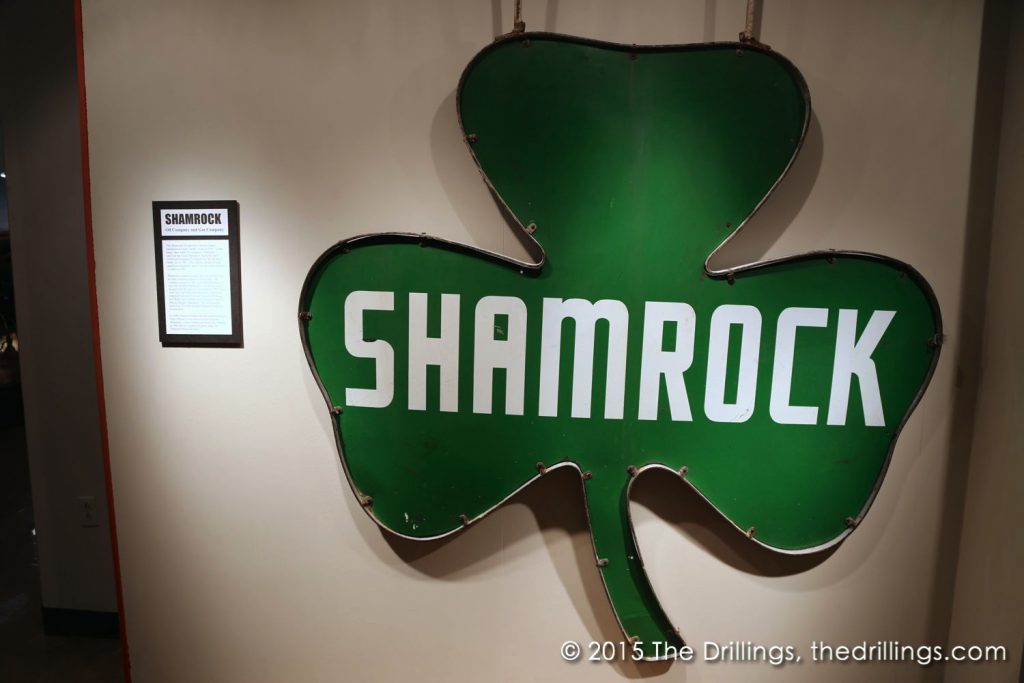
History of Texas Oil
It’s only natural that the petroleum industry would claim a large part of the Panhandle-Plains Historical Museum. The petroleum industry has been a major economic force in Texas for almost a century. Texans were long aware of the oil on their land. As a state with many ranchers relying on wells to produce water, tapping into a reservoir of oil rather than water was seen as a problem to be overcome, not a profitable activity. Yet, as oil became a common fuel, Texas was ready to provide it. While commercially exploitable oil was first discovered in southeast Texas, speculation and excavation of the panhandle and plains was soon to follow and participate in the Texas Oil Boom. The discovery of oil transformed a rural state at the turn of the century into an industrialized powerhouse by the end of WWII.
Visiting the Museum
Walking past the museum, the most notable feature is a glass encased oil derrick from 1925. The cable driven wooden derrick is so large that the top is cut off at the roof line. To access the oil derrick, visitors walk through an annex of beautifully drawn oil claim maps. The derrick is part of an entire wing of the museum that is dedicated to the petroleum industry. The Don D. Harrington Petroleum Wing was established in February 1986 and the museum is now updating it in wake of the 30 years of advancements which have occurred in the industry. We can’t wait for April when the wing is projected to reopen.
Despite the current transitional state of the petroleum wing, the creative visitor can still find a lot of complimentary exhibits. Adjacent to the oil derrick are paleontological and geology exhibits demonstrating the organic origins of oil. Also take some time to admire the horseless carriages (cars) on displays as testament to how petroleum has changed the way we live. There is ample reason that this museum is a destination for over 70,000 visitors a year.

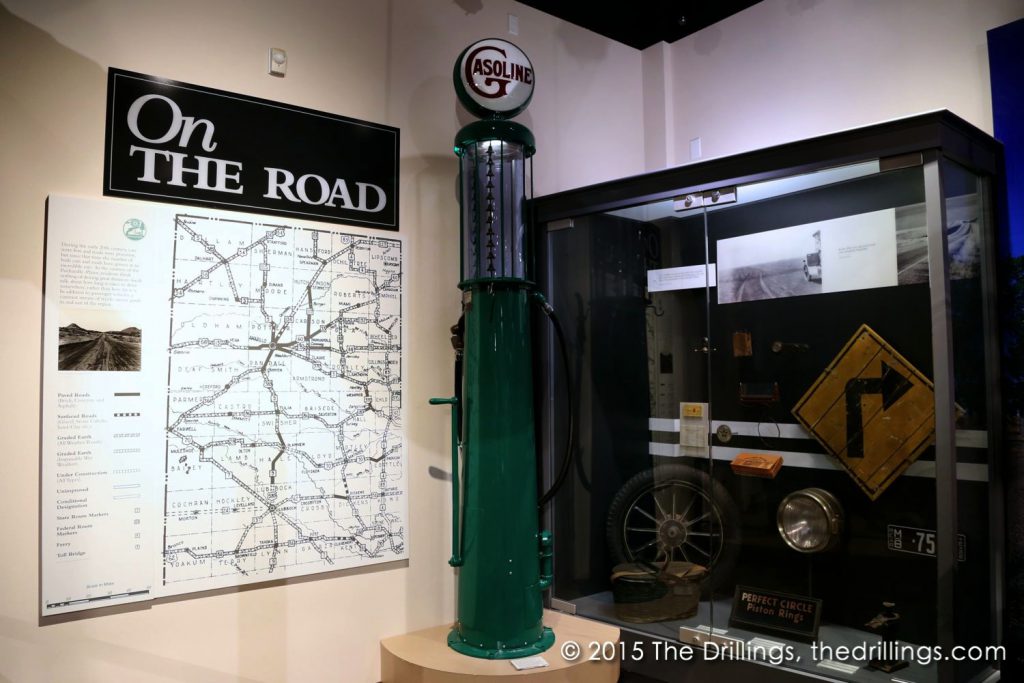
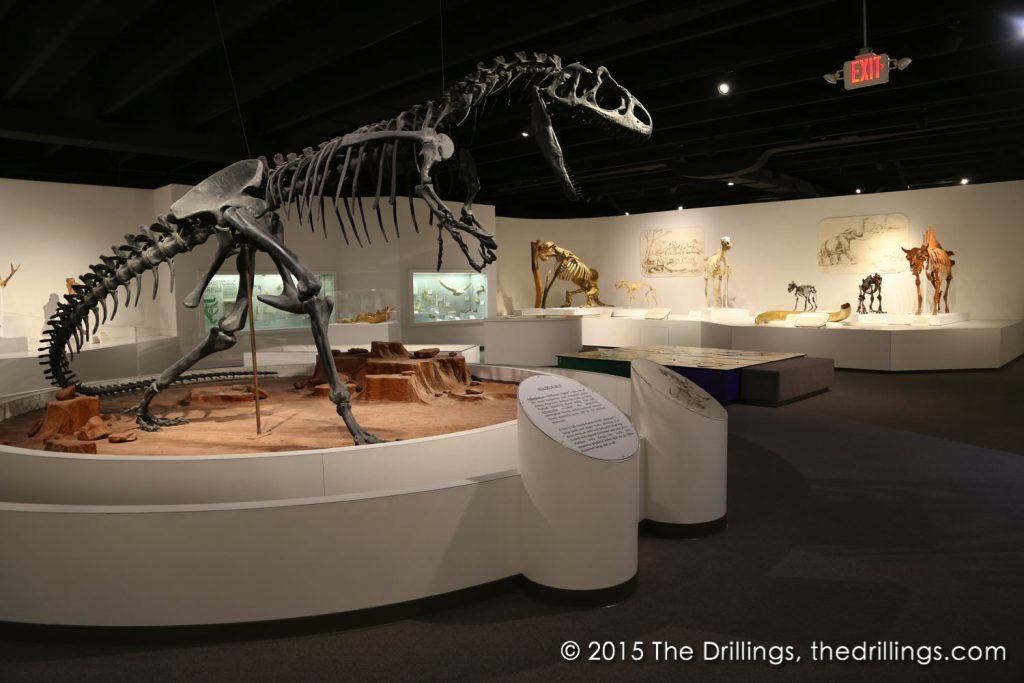
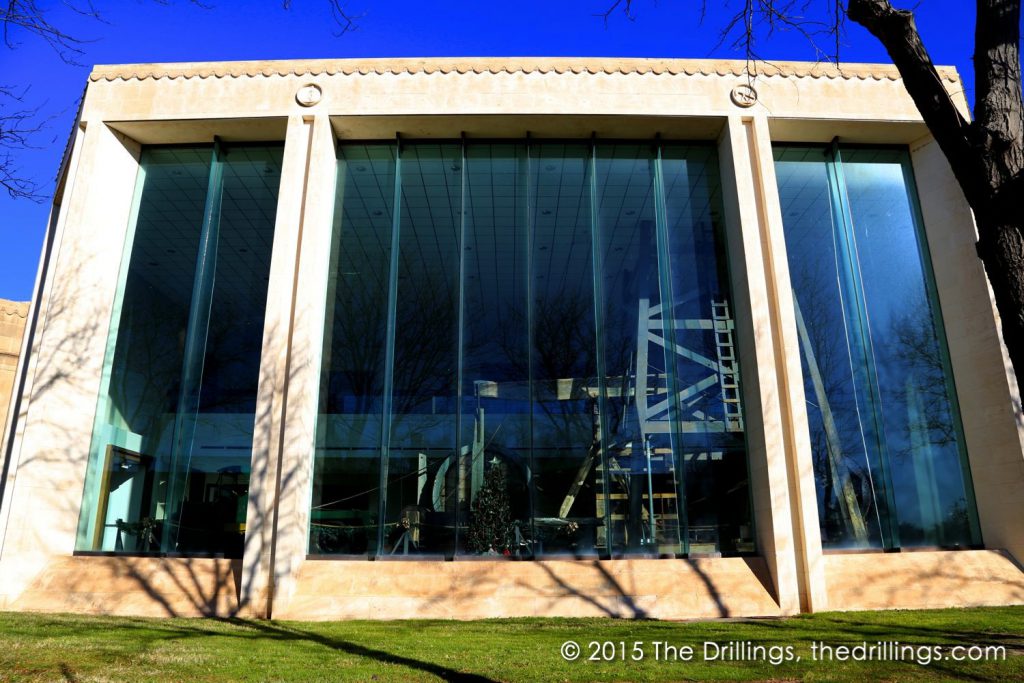
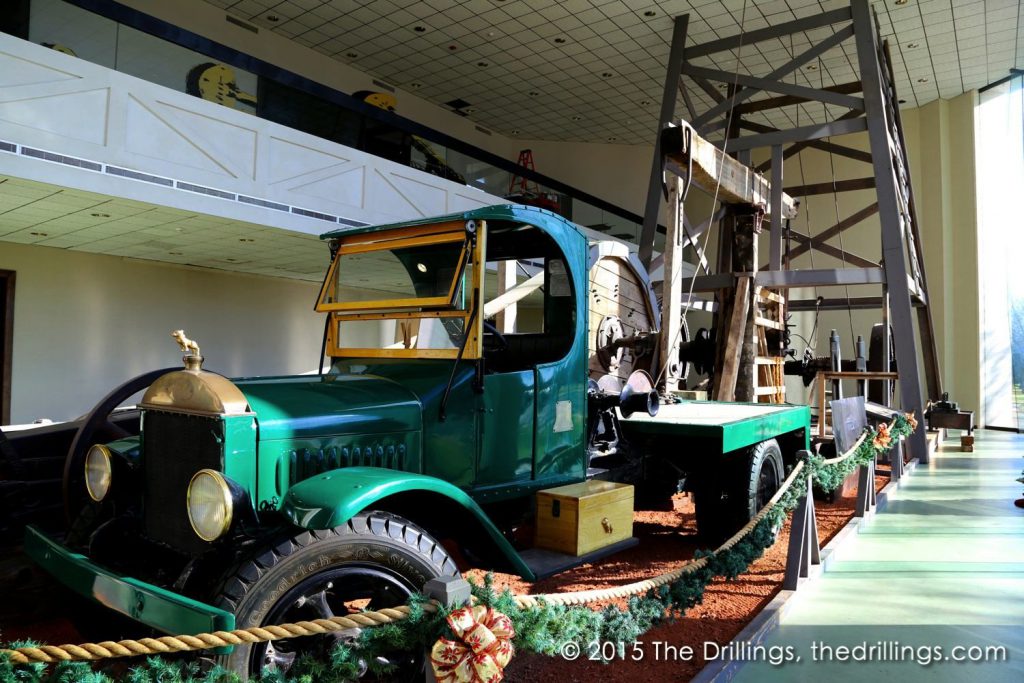
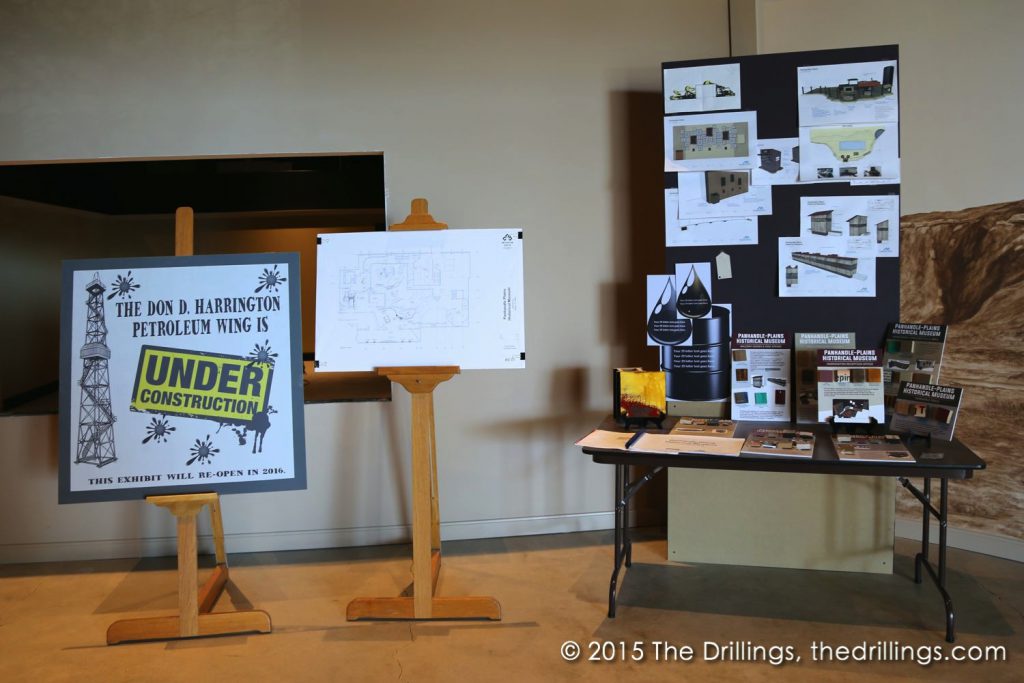
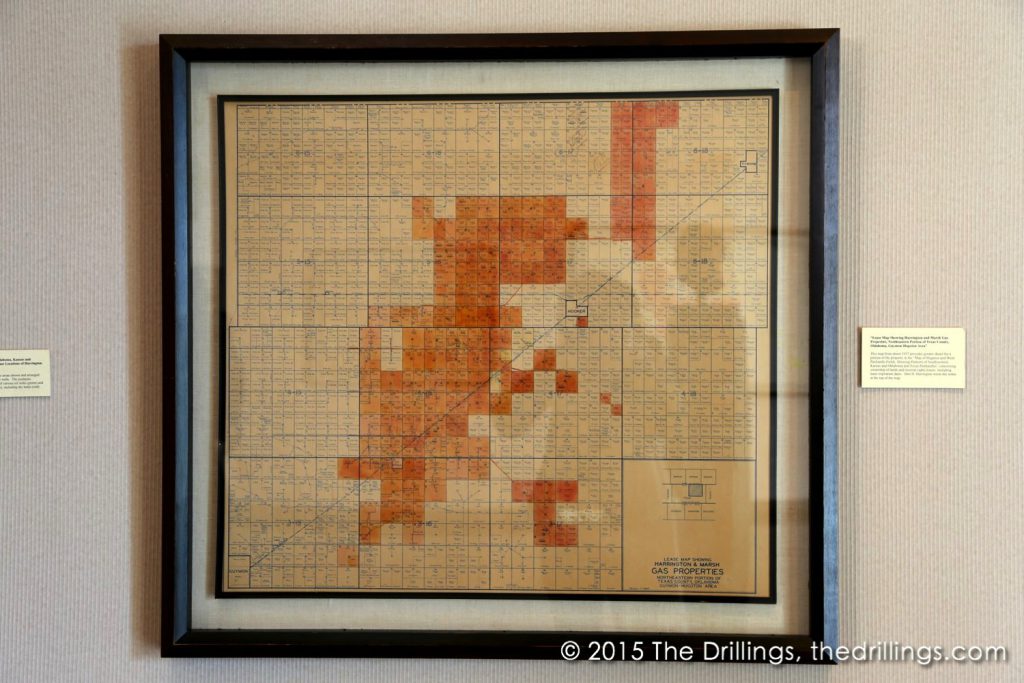
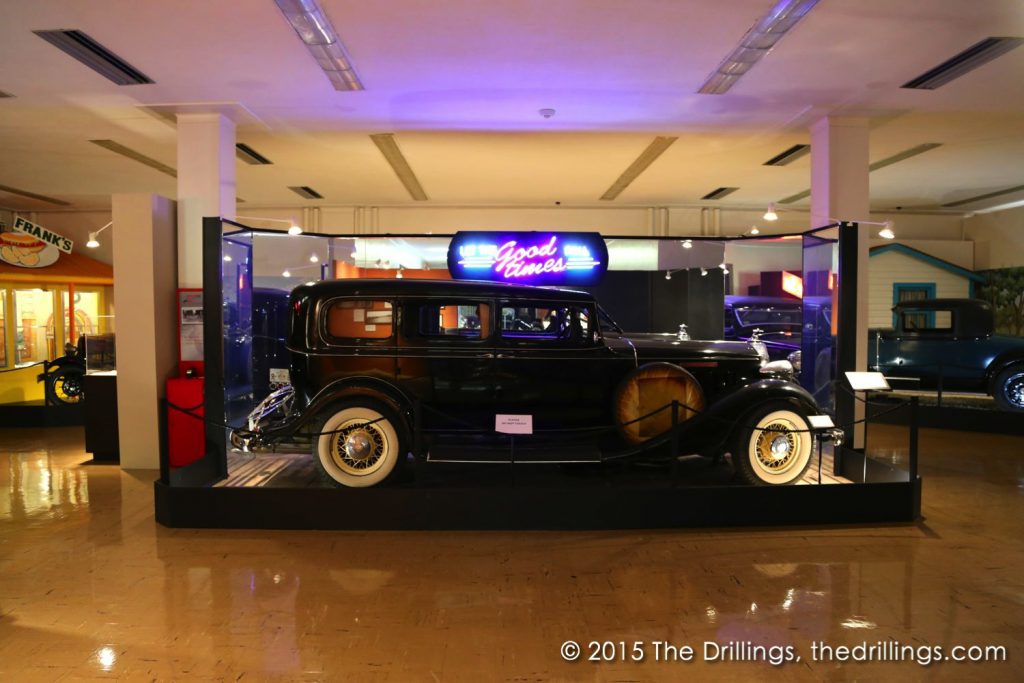
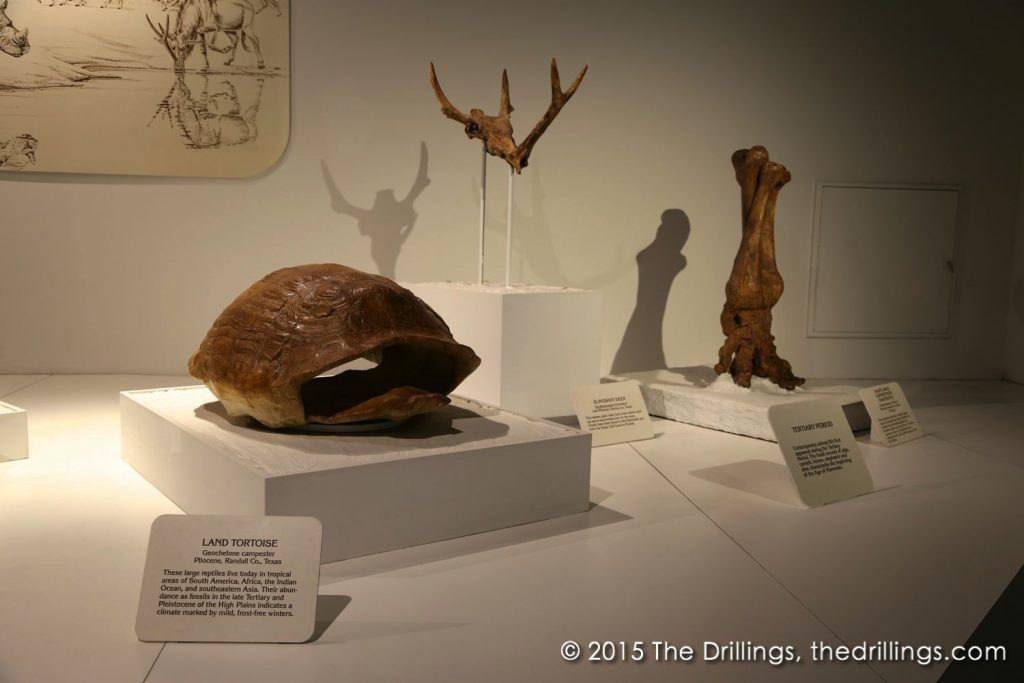
That doesn’t look like the truck my dad donated to the museum along with the rig. I remember a old beat up pickup.
Possibly it was in one of the other car displays at the museum? We didn’t post pictures of all the cars. There were too many!